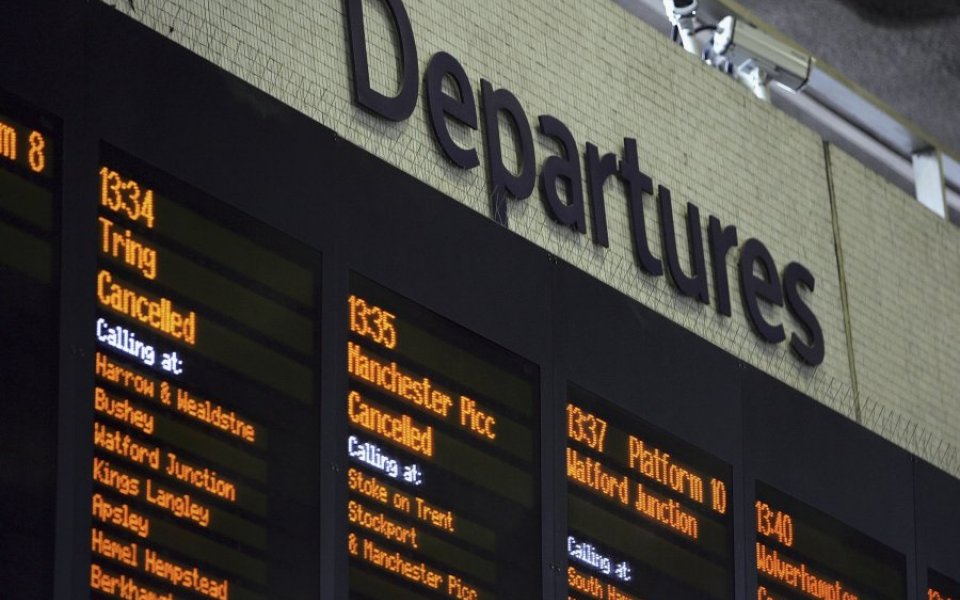Train delays and commuter frustration: How train operators can get customer service back on track

At a time when rail delays, disruptions and the rising cost of travel are rarely out of the press, pressure is understandably mounting on rail operators to improve the quality of service for commuters.
This is no truer than in the capital, with three train firms serving London named amongst the worst in Britain for customer satisfaction earlier this week by the National Rail Passenger Survey.
The industry, the Government and, of course, commuters all recognise that something needs to change. Here, I highlight some of the actions that could be taken to improve
Increased investment in the network
All three of the London-based operators called out in the survey are part of parent company Go-Ahead, which reported profits from its rail business rising 30.5 per cent to £25.7m in the year to June. These profits are being ploughed back into the track to pay for improvements made to the rail network.
For instance, replacing trackside signals with safety critical signalling controls in the cab of the trains and integrating control centres into Regional Control Centres (ROCs) would effectively bring commuter trains online. This would allow departure times to be managed to the nearest second, train speeds to be carefully regulated and the condition of the train to be reported on a continuous basis, in turn, increasing network capacity and performance.
Predictive maintenance
Recent advancements in sensors and communication technologies are enabling operators to collect information on the health of each of the various components of the train. This data can be analysed to identify trends, patterns and therefore, looming faults on the trains, providing a forecast for the optimal time for maintenance. As a result, operators are able to respond and make any necessary repairs before the train breaks down and service is affected.
Better communication
The Government recently announced the roll-out of free Wi-Fi on increased train services from 2017, citing on-board internet connectivity as being ‘vital for businesses and for individuals’. While this is a step in the right direction, Wi-Fi must be rolled out more widely across services in the capital to keep increasing numbers of passengers informed and entertained on their journeys.
Elsewhere, software could be installed on-board trains to keep passengers up to date with the latest information on their journeys; including an estimated time of arrival at each station and any expected disruptions en route.
Delays are inevitable, and often out of the operators’ hands. What they can control however, is the communication of that delay to the passengers and specifically, the length of time it will add on to their journey – valuable information that will make them feel more valued as customers.
With rail travel still frequently disrupted by signalling problems, broken-down trains and congestion, these are just some of the steps that can be taken to keep commuters satisfied.
It’s no surprise that technology lies at the core of these improvements, as one of the oldest rail infrastructures in the world becomes increasingly digital.